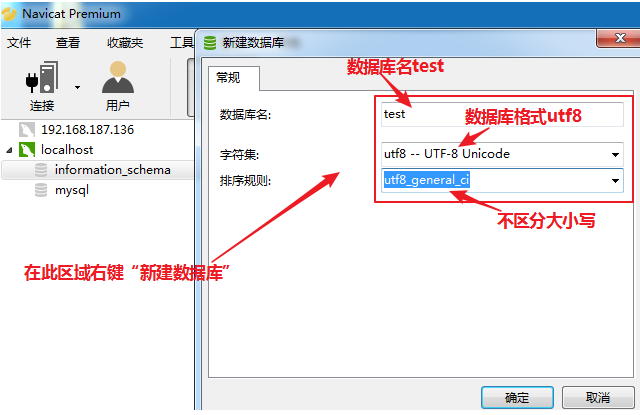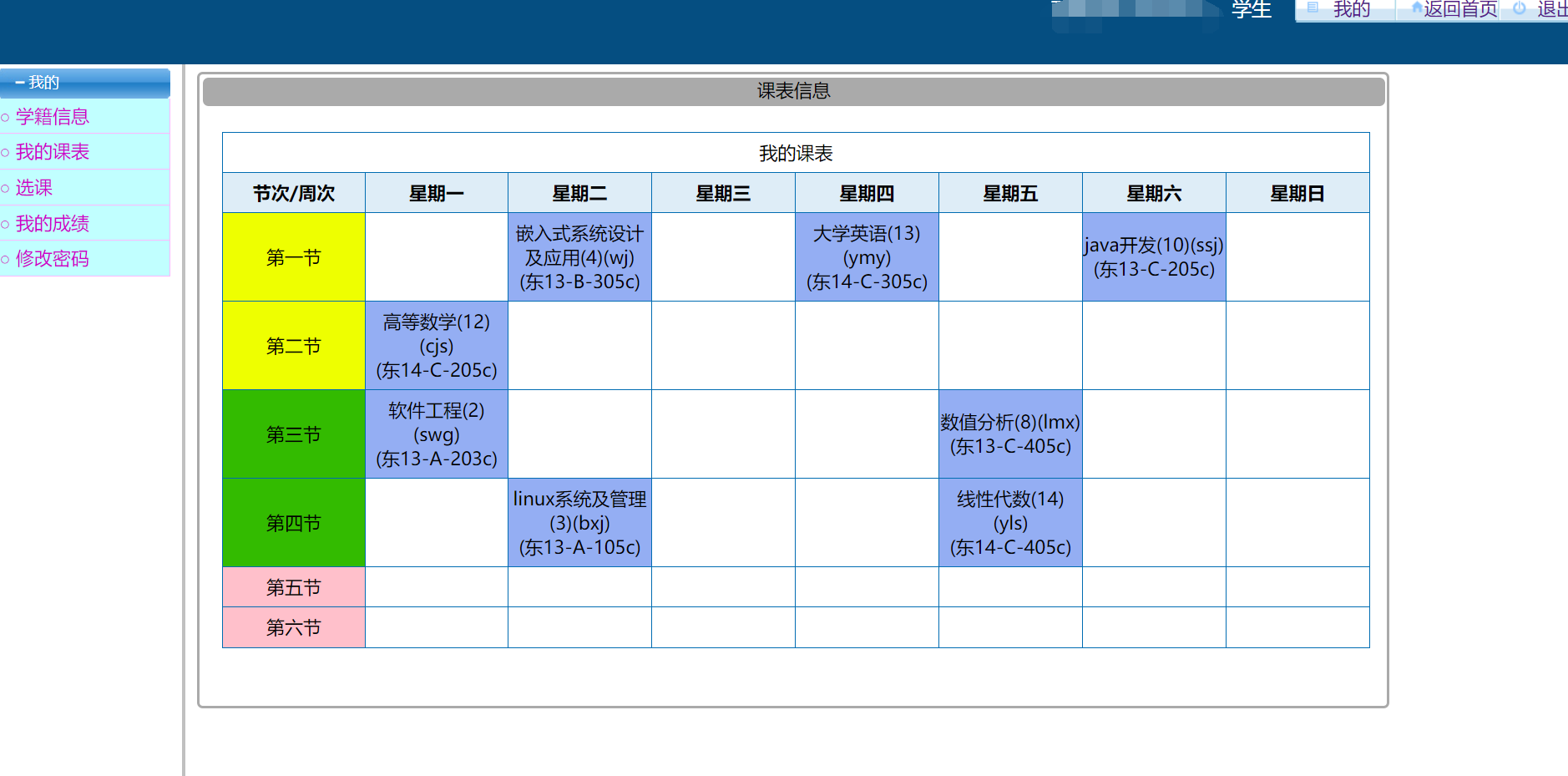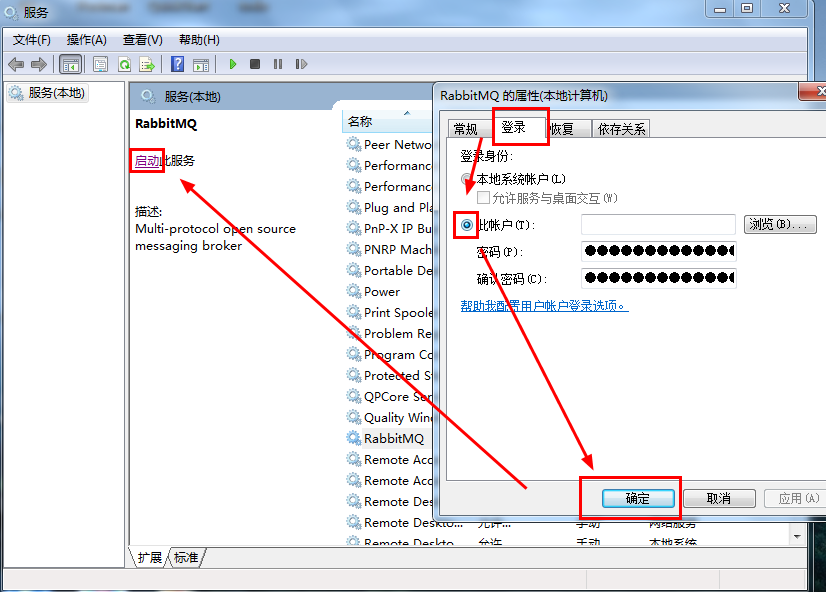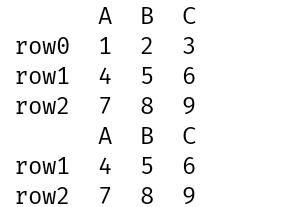python format
str.format()基本语法是通过 {} 和 : 来代替以前的 % 。
位置
format 函数可以接受不限个参数,位置可以不按顺序。
>>>"{} {}".format("hello", "world") # 不设置指定位置,按默认顺序'hello world'>>> "{0} {1}".format("hello", "world") # 设置指定位置'hello world'>>> "{1} {0} {1}".format("hello", "world") # 设置指定位置'world hello world'
参数
>>> "名称:{word}, 日期:{date}".format(word="hello world", date="1970")'名称:hello world, 日期:1970'# 通过字典设置参数>>> site = {"word": "hello world", "date": "1970"}>>> "名称:{word}, 日期:{date}".format(**site)'名称:hello world, 日期:1970'# 通过列表索引设置参数>>> my_list = ['hello world', '1970']>>> "名称: {0[0]}, 日期: {0[1]}".format(my_list)'名称: hello world, 日期: 1970'
数字格式化
>>> '{:06d}'.format(1)'000001'



































还没有评论,来说两句吧...